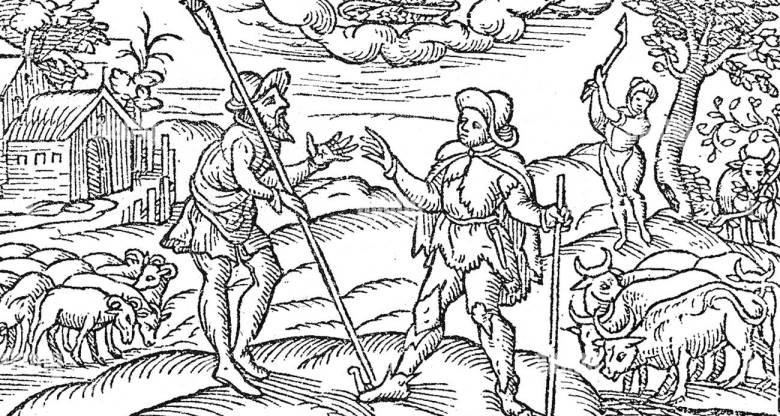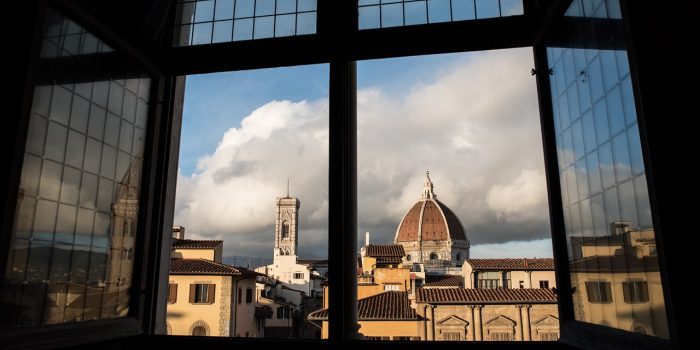Plagiarism is a serious offense that has been around since the beginnings of written communication. Throughout history, there have been numerous cases of plagiarism, some more famous than others. From authors to politicians to musicians, plagiarism has been used by all to gain a leg up on their competition. This article will take a look at some of the most famous cases of plagiarism throughout history, from the ancient Greeks to modern day America. From the first known case of plagiarism in the 5th century BC, to the recent plagiarism controversies in the 21st century, this timeline will explore some of the most notable incidents of plagiarism. Through this timeline, we can learn about the history of plagiarism and the consequences of this unethical act.
Early Cases of Plagiarism in Ancient Greece
Like many other aspects of culture, plagiarism can be traced back to ancient Greece. In fact, the word “plagiarism” itself comes from the Latin word “plagiarius,” which means “kidnapper,” and was first used by the Roman poet Horace back in 34 BC. Despite the fact that plagiarism had been around for centuries, it was only in the 5th century BC that the first known case of plagiarism occurred. The poet and philosopher Heraclitus, who lived from 536 to 475 BC, was one of the major figures of the early Greek philosophical movement known as “Heracliteanism.” In his writings, he asserted that all things are in a constant state of flux and that everything is connected by a cosmic Logos. In a book called “Diogenes Laertius” that is a collection of biographies of famous philosophers, the author mentions that Heraclitus’s work was plagiarized by Philosophic writers.
Plagiarism in the Middle Ages and Renaissance
As the Renaissance began in Europe, plagiarism continued to be rampant. Although few people were aware of the concept of plagiarism, Renaissance artists were often accused of plagiarizing the work of their predecessors. One famous example of Renaissance artists plagiarizing each other is the case of Michelangelo and Leonardo da Vinci. Both artists were commissioned by the same patron to paint a mural on the ceiling of the same room. Michelangelo and Leonardo both completed their work and then compared their work with each other. They realized that the paintings were almost identical. In his book “The Literary History of the English People,” the English critic and scholar S. R. Green describes a similar incident that took place in the 16th century. The poet Edmund Spenser was a student at Cambridge University. Spenser’s poem “The Shepherd’s Calendar” was plagiarized by one of his fellow students, Thomas Colby.

Plagiarism in the Early Modern Era
The early modern era saw an increase in the number of newspapers, journals, and magazines. This led to an increase in the number of cases of plagiarism. Newspapers were especially prone to plagiarism because they published articles very quickly and were often written by someone other than the credited author.
One high-profile plagiarism case from the early modern era was the dispute between the poets Samuel Taylor Coleridge and William Wordsworth. Coleridge and Wordsworth were both famous poets in the early 19th century. They also both lived in William’s household and were connected by a deep friendship. Coleridge moved in with William in 1803 after a breakdown in health following his opium addiction. During this time, Coleridge wrote many of his famous poems. In 1806, Coleridge published an anthology of poems that included some of his new works as well as the poems he had written while living in William’s house.
Plagiarism in the 19th Century
In the 19th century, plagiarism in the literary world was a very serious offense. In fact, it was so serious that it would ruin the career of many authors. In 1809, the poet James Henry Leigh Hunt was discovered to have plagiarized a poem from another writer. The controversy surrounding the plagiarism incident was so great that it led to a public scandal and caused the poet to be dismissed from his editorial post at the journal “The Reflector.” In 1819, the famous poet Lord Byron won a contest that was hosted by the famous poet and critic John Campbell. John Campbell was so impressed by Lord Byron’s poem “Hours of Idleness” that he offered to pay Byron to publish it. Campbell’s offer caused a scandal because many people knew that Byron was not involved in writing the poem.
Plagiarism in the 20th Century
In the early 20th century, plagiarism became much more common. This can be attributed in part to the increase in literacy rates, which meant that there were more people who were able to read and publish work. In addition, the invention of the typewriter and carbon paper made it much easier to copy another person’s work. The 1930s and 1940s saw an increase in plagiarism cases as journalism became more popular and newspapers hired people with less experience. One example of this was the case of Stephen Crane and William Wright. In 1906, Stephen Crane published a short story called “The Open Boat” that was an account of a shipwreck he had experienced while working on a ship in the Caribbean. In 1930, William Wright published a book called “The New Open Boat” that was a retelling of Crane’s story.

Plagiarism in the 21st Century
In the 21st century, plagiarism has become more common than ever due to the prevalence of internet-based content. Many people are able to publish their writing online with only a few clicks, which makes it much easier to plagiarize another person’s work. This has caused plagiarism cases to increase dramatically. One case of plagiarism that gained attention recently was that of the writer Jonah Lehrer. Lehrer was an acclaimed science writer whose career was ruined when it was discovered that he had copied and pasted passages from other writings into his books. In addition to plagiarizing other people’s work, Lehrer also lied about his education and fabricated quotations. For his actions, Lehrer lost his job and was publicly shamed.
Conclusion
Plagiarism has been around for centuries and has been committed by both famous and everyday people alike. Although plagiarism has existed since the beginning of written communication, it has only been referred to as such since the 5th century BC. In the early modern era, plagiarism was also called literary theft, and it was a very serious offense. While plagiarism has always been serious, in modern times it has become even more common due to the prevalence of internet-based content. There are many ways to avoid plagiarism, and avoiding the act is much easier when you know what it is and how to avoid it. You should always make sure that you have written your own work, have cited your sources properly, and are not taking credit for work that you did not do. If you avoid plagiarism, then you can ensure that you are properly credited for your work and do not make a fool of yourself like many others in the past have done.




